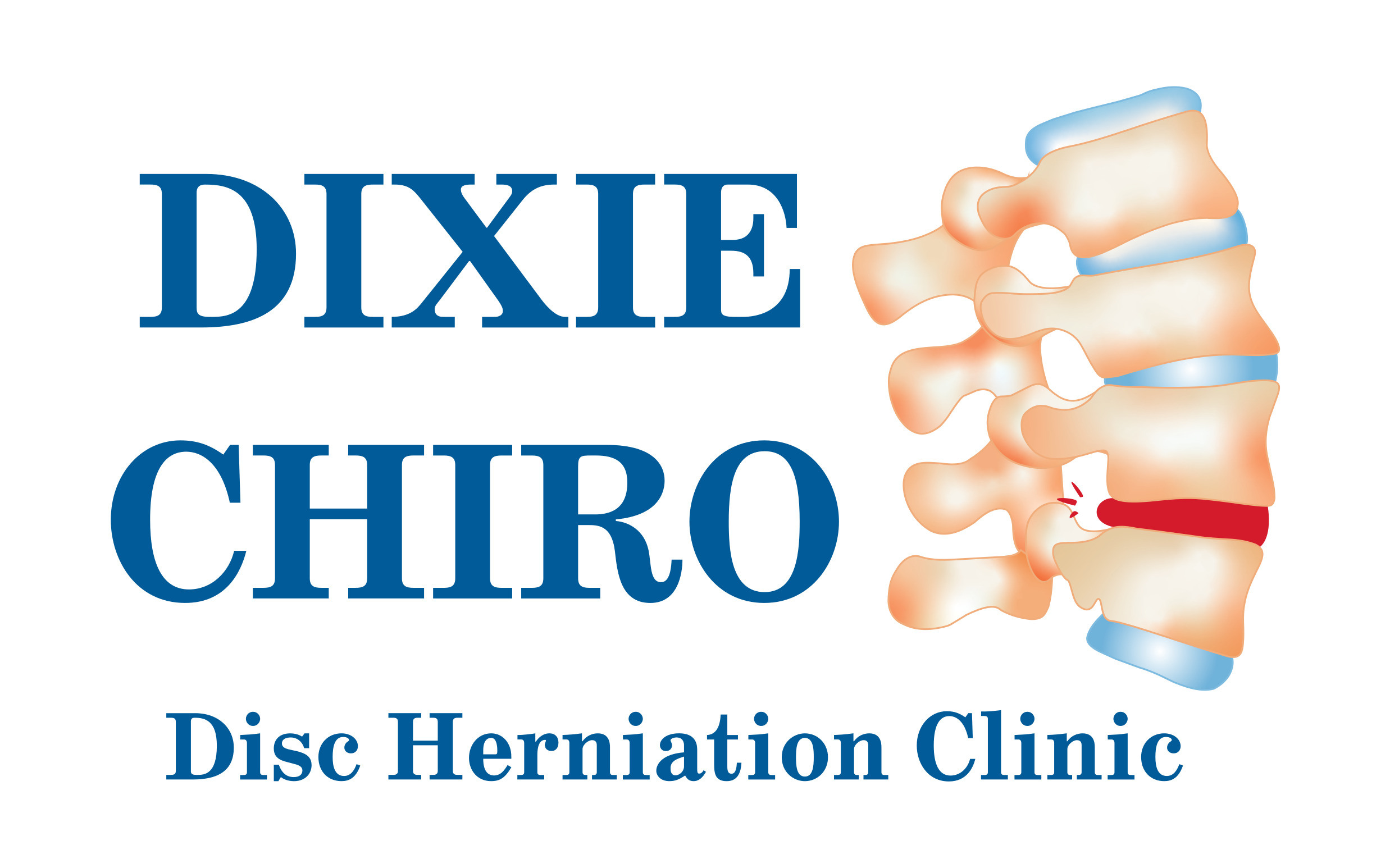Sleep apnea is relevant to this research due to its direct impact on pulmonary and respiratory muscle function, which is a key focus of the study. Here’s how sleep apnea applies to the findings and broader context of this research:
1. Shared Respiratory Dysfunction
Obstructive Sleep Apnea (OSA) is characterized by repetitive airway obstructions during sleep, resulting in decreased oxygen levels, disrupted sleep, and increased respiratory effort. Similar to the findings in neck pain patients, OSA involves dysfunction in respiratory muscles, including accessory muscles like the scalenes and sternocleidomastoid. These muscles play a dual role in both breathing and postural support, indicating a potential overlap in the mechanisms contributing to respiratory and musculoskeletal issues.
2. Overuse of Accessory Breathing Muscles
Individuals with OSA often overuse accessory muscles for respiration due to compromised airway patency. This parallels the study’s observation that persistent neck pain alters cervical muscle activation patterns, reducing efficiency and coordination. The strain placed on these muscles in both conditions could exacerbate musculoskeletal pain, including neck pain, due to fatigue or overcompensation.
3. Biopsychosocial Factors and Inflammation
Both OSA and persistent neck pain are influenced by biopsychosocial factors, such as inflammation and stress. The research highlights how diaphragmatic breathing can reduce inflammatory cytokines (e.g., IL-1β, TNFα) and regulate the autonomic nervous system. These mechanisms are particularly relevant for OSA patients, who often exhibit elevated systemic inflammation and autonomic dysregulation, contributing to cardiovascular and musculoskeletal comorbidities.
4. Implications for Breathing Exercises
The study emphasizes the effectiveness of breathing exercises in reducing pain, improving pulmonary function, and enhancing respiratory efficiency. These exercises could similarly benefit OSA patients by:
- Strengthening the diaphragm and reducing reliance on accessory muscles.
- Improving ventilation efficiency and oxygen exchange, which are impaired in OSA.
- Addressing associated musculoskeletal pain, such as neck or back discomfort, often reported by OSA patients due to poor sleep posture or muscle tension.
5. Overlap in Treatment Strategies
The study underscores the importance of diaphragmatic breathing and respiratory muscle training, which align with therapeutic approaches for OSA, such as positional therapy and CPAP compliance. Incorporating targeted breathing exercises into OSA management may address both the respiratory and musculoskeletal consequences of the condition, offering a holistic approach to treatment.
Conclusion
The link between sleep apnea and neck pain lies in their shared impact on respiratory muscle function, inflammation, and accessory muscle overuse. Addressing these factors through targeted breathing exercises can improve outcomes for both conditions, demonstrating the value of integrated therapeutic strategies. This research supports the inclusion of such exercises in managing sleep apnea, particularly when musculoskeletal pain like neck pain is a concurrent issue.
References from https://www.mdpi.com/2077-0383/14/3/709 and https://spinalmanipulation.org/wp-content/uploads/2025/01/effects-of-breathing-exercises-for-neck-pain-systematic-review-and-meta-analysis-2025.pdf


Recent Comments